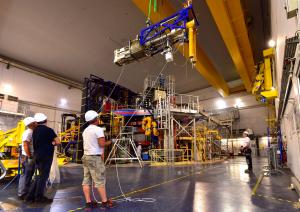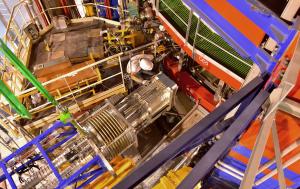In goes the antenna
Just a short distance from the ITER site, the Institute for Magnetic Fusion Research (IRFM) is modifying the Tore Supra plasma facility which, once transformed, will become a test platform open to all ITER partners—the WEST project (acronym derived from W Environment in Steady-state Tokamak.)




